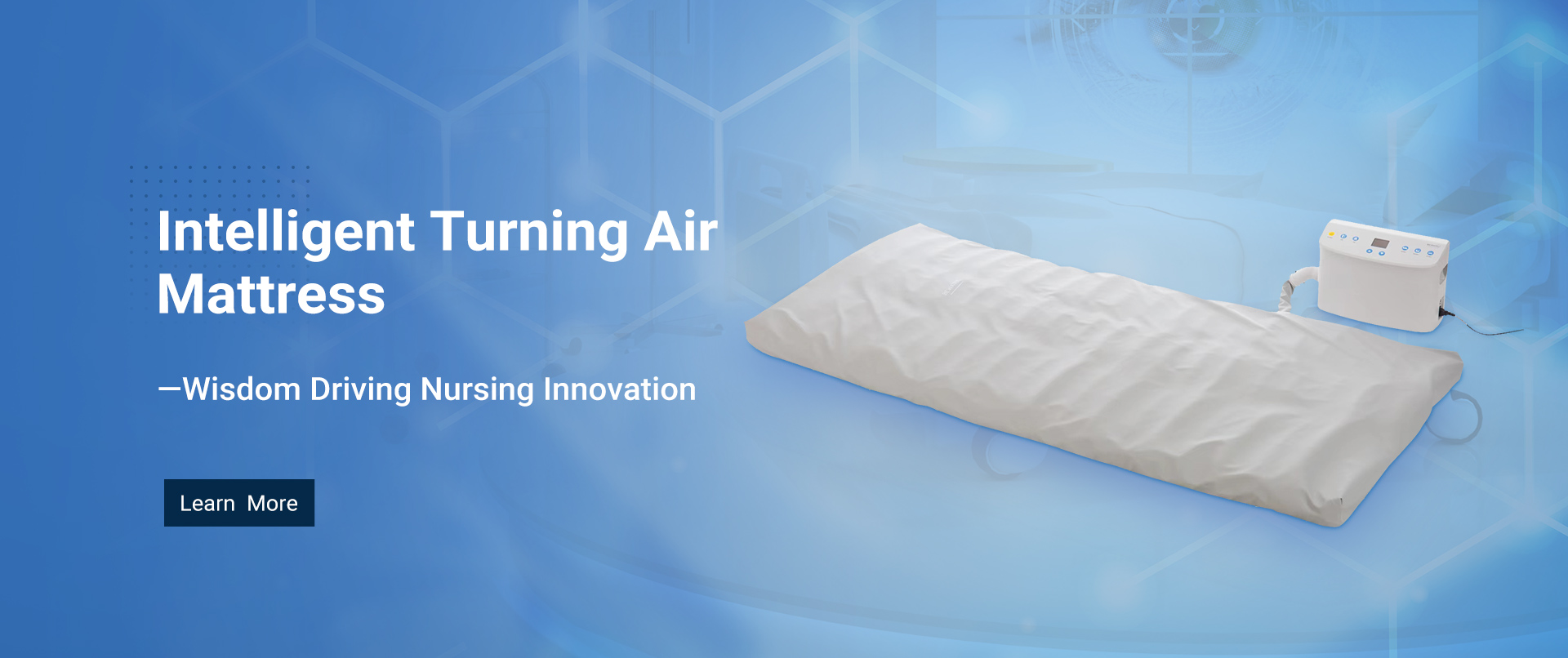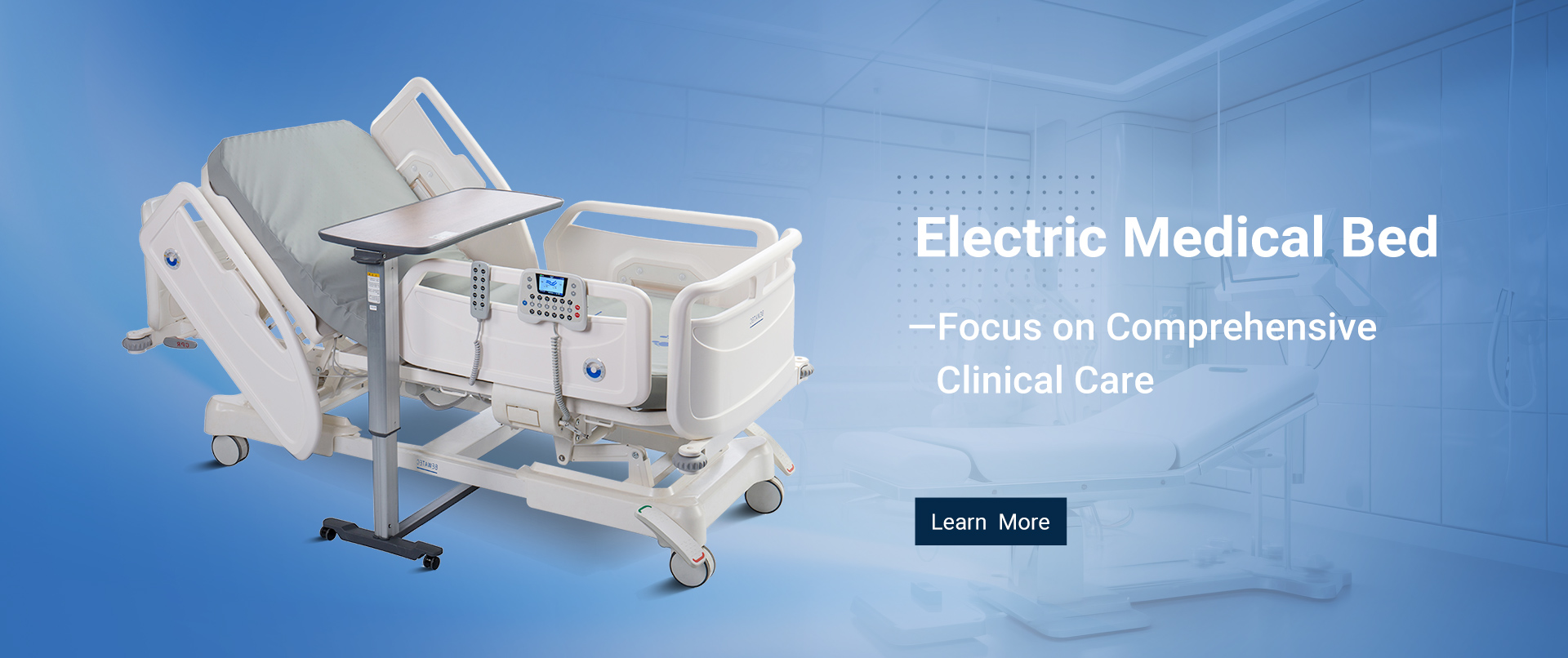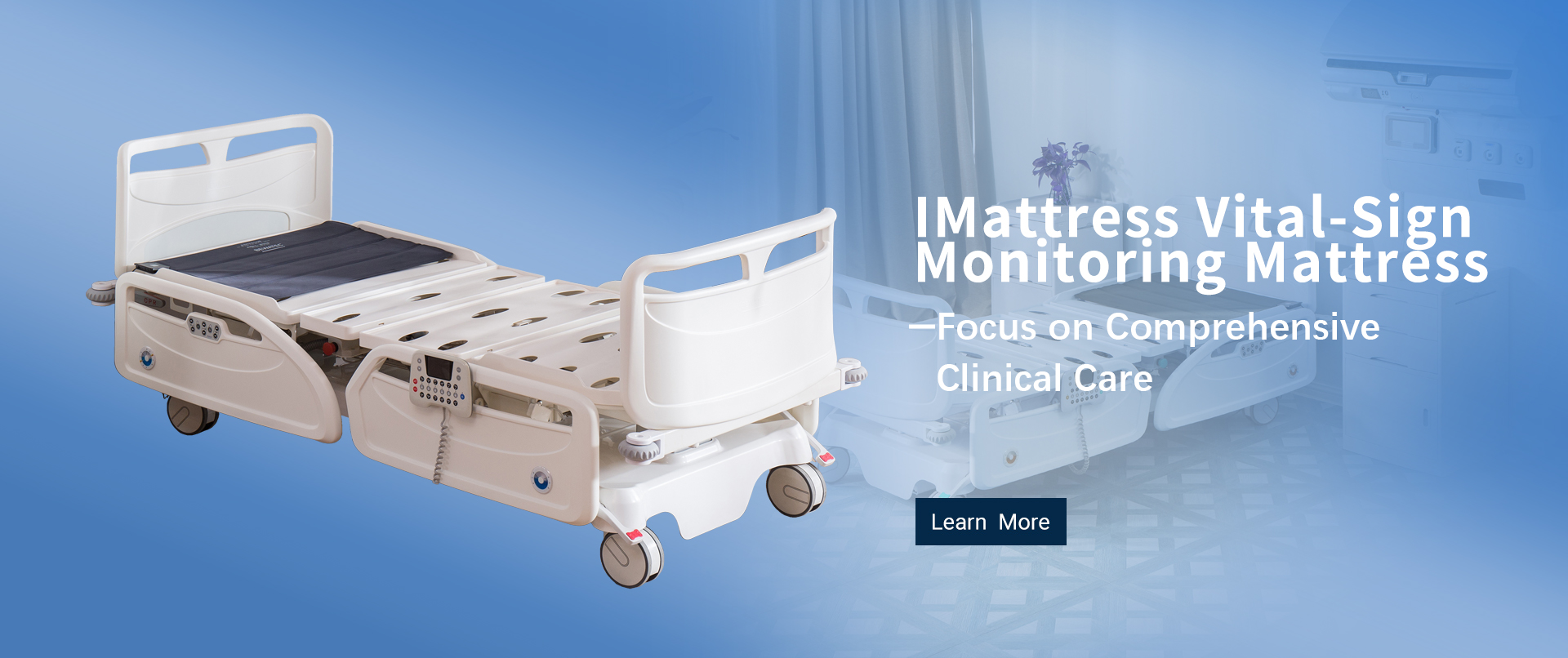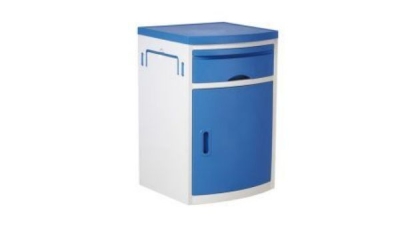
Ultimate Checklist for Choosing the Right Bed Accessories in Hospitals
Table of Contents
- Understanding the Importance of Bed Accessories in Hospital Settings
- Key Features to Look for in Hospital Bed Accessories
- Assessing Comfort and Support: Pillows, Mattresses, and More
- Hygiene and Maintenance: Choosing Easy-to-Clean Accessories
- Cost-Effectiveness: Budgeting for Quality Hospital Bed Accessories
- Innovations in Hospital Bed Accessories: What's New and Effective?
- Elegant and Practical: Top Bedside Tables to Enhance Hospital Room Comfort and Functionality
- FAQS
- Conclusion
- Related Posts
In today’s fast-changing world of healthcare, picking the right bed accessories in hospitals really can’t be overstated. Hospitals are always looking for ways to boost patient comfort and safety, and recent research actually backs this up — it shows that having the proper bed setup and supportive accessories can boost patient satisfaction by about 20%.
Bewatec (Zhejiang) Medical Device Co., Ltd. is leading the way in this stuff, focusing on smart medical solutions that are tailored to meet each patient's unique needs. They offer a whole range of smart accessories designed to make the hospital stay better and more personalized. The goal? Making recovery not just easier but also more comfortable, all while pushing the boundaries of digital health care.
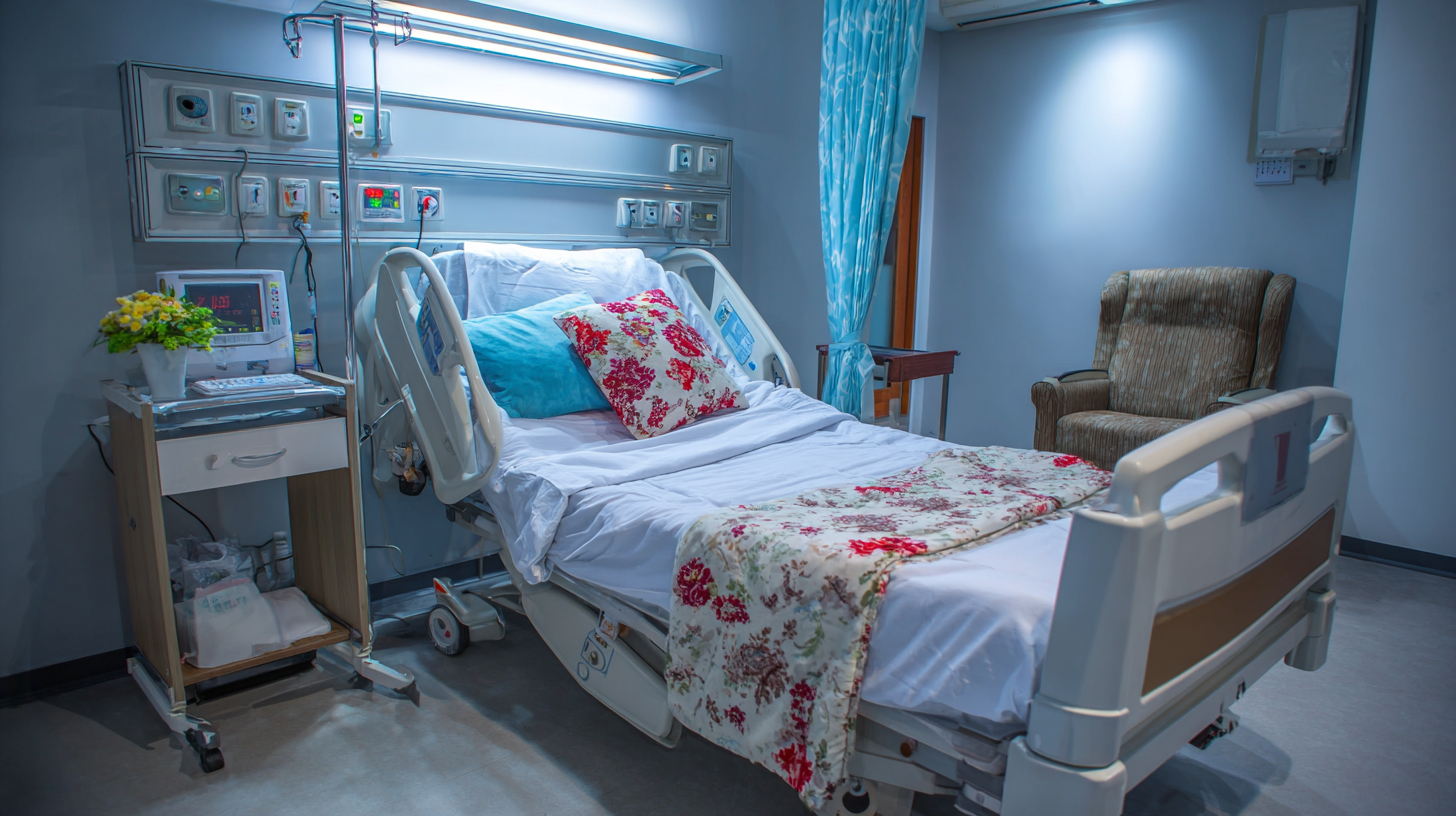 If you’re trying to figure out what bed accessories are worth investing in, it’s super important to understand how much these little things can make a difference in patient care and overall experience — truly a game changer for healthcare providers who want to do their best.
If you’re trying to figure out what bed accessories are worth investing in, it’s super important to understand how much these little things can make a difference in patient care and overall experience — truly a game changer for healthcare providers who want to do their best.
Understanding the Importance of Bed Accessories in Hospital Settings
When it comes to hospitals, you really can’t overstate how important bed accessories are, especially when it comes to stopping the spread of infections like HAIs. With nasty bugs like MRSA running around, keeping things clean and making sure beds and their accessories are up to scratch is a big deal for patient safety. I recently read a study showing that if hospitals clean their environments properly, they can drastically decrease the chances of harmful microbes taking hold. Things like disinfecting bedding, mattresses, and support equipment thoroughly really do make a difference—they can seriously lower infection risks. That’s why having high-quality, easy-to-clean bed accessories isn’t just a nice-to-have, it’s an essential for hospitals serious about hygiene.
Also, there was this report looking at how environmental factors in Brazilian intensive care units are tied to antimicrobial resistance. It kinda shows that the way hospital furniture and supplies are managed has a direct impact on infection control. Apparently, certain parts of the body are more prone to S. aureus contamination, and that means the right bed accessories can either help stop the bug from spreading or make things worse. Picking materials that are hypoallergenic and resistant to microbes can really make a big difference for patient recovery and safety. So, honestly, choosing the right bed accessories shouldn’t be an afterthought—it’s a crucial step for any healthcare facility that wants to keep things spotless and protect its patients from those tricky infections.
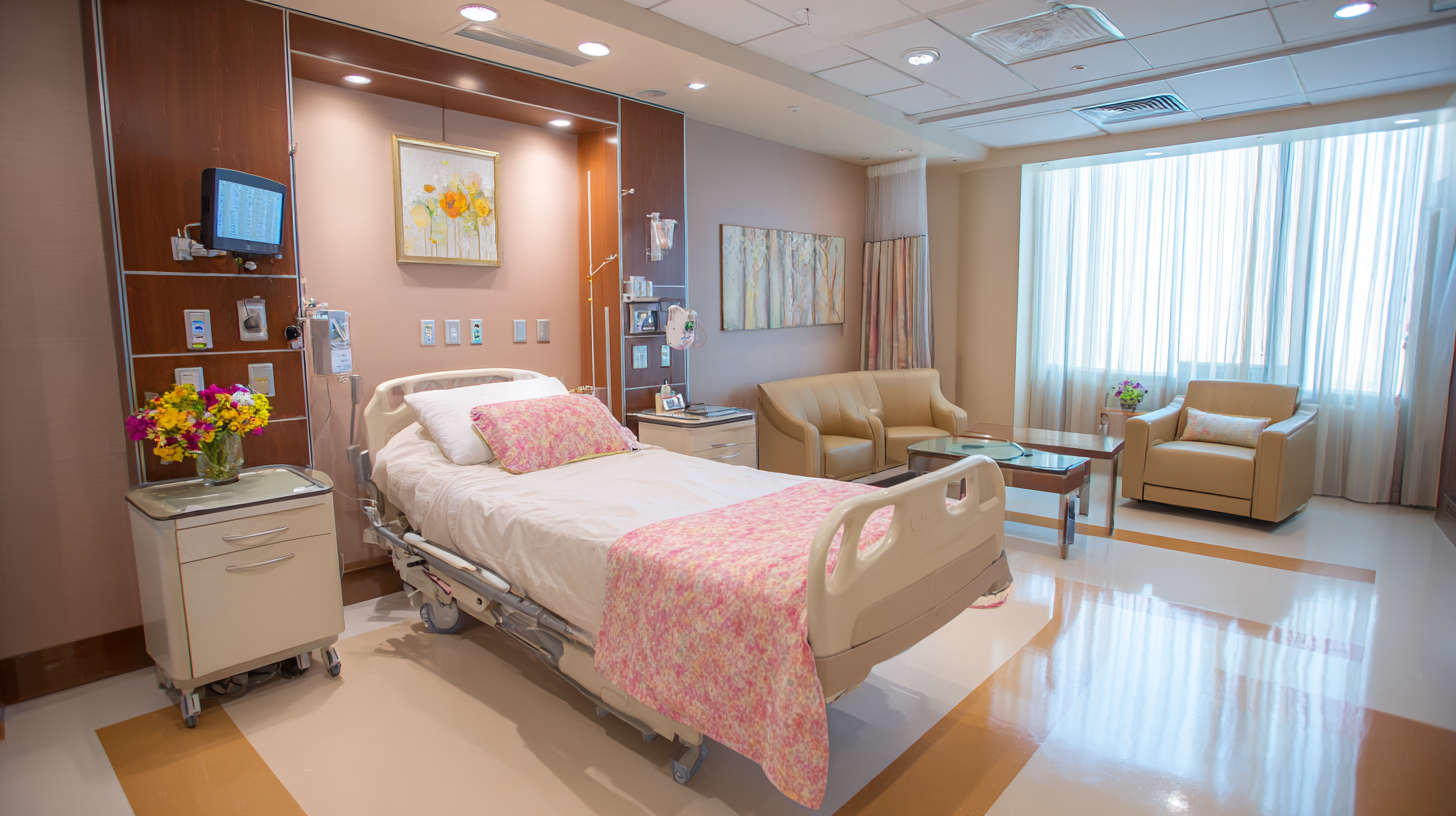
Key Features to Look for in Hospital Bed Accessories
When you're choosing bed accessories for hospitals, there are a few key things to keep in mind that can really make a difference in patient comfort and overall care. First off, it’s super important that these accessories are easy to clean and maintain. Since hospitals are all about preventing infections, materials that resist bacteria and can handle regular disinfection are a must. Look for things like bed linens, mattress covers, and pillows made from hypoallergenic fabrics — they’re not only durable but also comfy.
On top of that, the ergonomic design of these accessories matters a lot. Pillows and cushions should support patients properly, especially those with different medical needs, helping with pressure relief and encouraging good posture. Adjustable bed rails are also a win because they improve safety but still let caregivers access the patient easily. Don’t forget about accessories that boost mobility — stuff like bedside trays or overbed tables that can be adjusted to suit each patient. These little touches can really improve the patient’s experience and make it easier for healthcare providers to do their jobs efficiently.
Ultimate Checklist for Choosing the Right Bed Accessories in Hospitals - Key Features to Look for in Hospital Bed Accessories
| Feature | Importance | Material | Maintenance |
|---|---|---|---|
| Adjustable Height | Crucial for patient comfort and care | Steel | Easy to clean and durable |
| Safety Rails | Prevents falls and enhances safety | Aluminum | Requires occasional inspection |
| Mattress Quality | Impacts patient comfort and health | Foam or Gel | Regularly check for wear and tear |
| Wheels for Mobility | Essential for room rearrangement | Polyurethane | Need upkeep for smooth operation |
| Anti-Slip Functionality | Reduces risk of slide-offs | Rubberized material | Minimal maintenance required |
Assessing Comfort and Support: Pillows, Mattresses, and More
When it comes to hospital comfort, picking the right bed accessories—like pillows and mattresses—really makes a difference in how patients recover and how they feel overall. I mean, there’s actually a study published in the Journal of Clinical Nursing that shows that uncomfortable support can really stretch out hospital stays and even affect how satisfied patients are with their experience. Choosing a good mattress, one that suits each person's unique needs, can cut down the risk of pressure ulcers by up to half—so it’s definitely worth investing in high-quality options that cater to different patients.
A little tip: Look into pressure-relieving mattresses designed to spread out weight evenly. Features like memory foam or gel layers can make a huge difference in comfort and help keep patients mobile and comfortable.
And, of course, pillows are a big part of the overall support. They need to support the neck and head properly while keeping the spine aligned. The American Academy of Sleep Medicine points out that the right pillow can really improve sleep quality, which is super important for healing. There are also specialty pillows—those with cooling gels or adjustable loft—that might give extra comfort, especially for patients dealing with specific medical conditions.
Another tip: When choosing a pillow, think about how firm it is and what material it’s made from—this really depends on the patient’s needs. For example, softer pillows could be perfect for folks recovering from surgery, while a firmer one might be better for those with breathing issues.
Hygiene and Maintenance: Choosing Easy-to-Clean Accessories
When it comes to keeping hospital environments clean and safe, choosing bed accessories that are easy to clean is actually pretty important. The World Health Organization (WHO) reports that healthcare-associated infections—those pesky infections patients get while in the hospital—affect millions every year, and they can really make recovery tougher and bump up healthcare costs. If hospitals pick bed accessories that are quick and simple to clean and sanitize, it helps cut down on those risks and creates a safer space for healing.
Some of the most common hygiene kits you’ll see include antimicrobial mattress covers, wipeable bed rails, and washable pillow protectors. These might sound like small details, but they actually make a big difference—patients stay more comfortable, and hospitals find it easier to keep everything clean. In fact, a study published in the American Journal of Infection Control showed that using antimicrobial materials on hospital surfaces can cut down microbial presence by up to 80%. Plus, it's super important to choose accessories that can handle regular disinfecting without getting damaged—that way, hospitals follow strict hygiene rules without breaking a sweat.
Basically, adding easy-to-clean bed accessories into hospital design isn’t just about comfort—it’s a crucial step toward keeping everyone safe and preventing infections. When hospitals pick materials and products that are made for quick sanitation, they’re not only making things better for patients but also helping stop the spread of bugs, which ultimately leads to healthier outcomes all around.
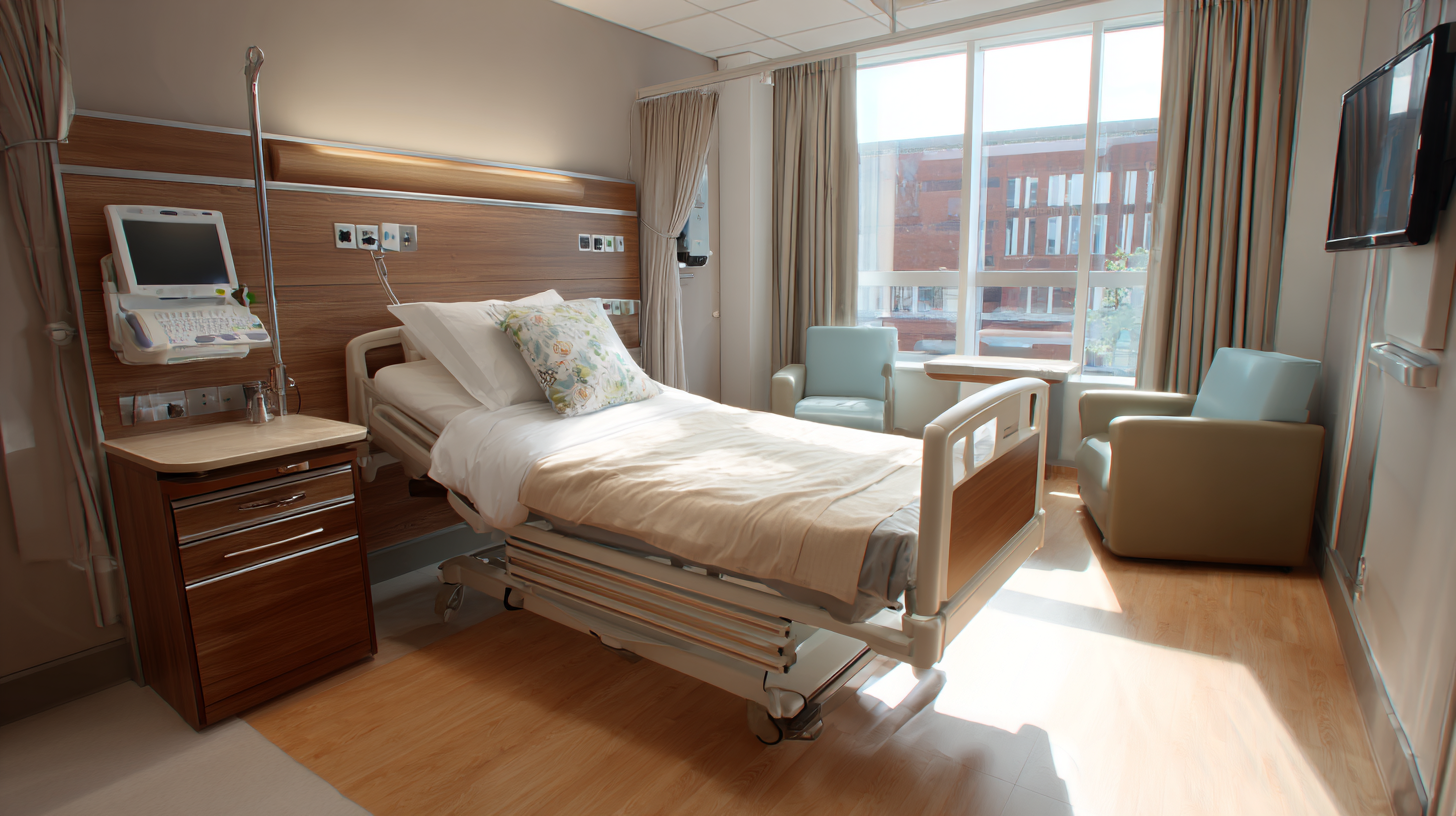
Cost-Effectiveness: Budgeting for Quality Hospital Bed Accessories
When you're choosing accessories for hospital beds, thinking about cost-effectiveness is a big deal—it can really impact the hospital’s budget. A report from the Healthcare Cost and Utilization Project (HCUP) points out that hospitals could save anywhere from 20 to 30 percent on patient care costs just by investing in better quality accessories that boost both patient comfort and safety. Things like high-quality gel mattresses and adjustable bed frames not only help patients recover better, but they also cut down on pressure ulcers, which can cost the hospital up to $70,000 per case in extra treatment bills.
Plus, a study from the Journal of Hospital Medicine highlights that hospitals that focus on good quality bed accessories tend to see lower readmission rates. That’s a pretty big deal these days, especially with value-based care where funding is tied to how well patients do after their stay. When hospitals put some budget into durable, easy-to-clean accessories, they’re not just making things better for patients—they’re also saving money in the long run and boosting patient satisfaction, which is huge. By weighing the upfront costs against the potential long-term benefits, healthcare admins can make smarter choices that improve patient care and make operations run smoother.
Cost-Effectiveness of Hospital Bed Accessories
Innovations in Hospital Bed Accessories: What's New and Effective?
Lately, the hospital bed accessory market has really been buzzing with new innovations aimed at making patients feel more comfortable and helping healthcare providers deliver better care. I read a report by MarketsandMarkets that says this market could hit around $5.2 billion by 2025, growing at about 6.5% annually. What’s driving this? Well, advancements in tech and the growing need for specialized medical solutions, for sure. You see newer stuff like pressure-relieving mattresses that help prevent bedsores and adjustable bed frames that are easier on the back—these are now pretty much standard in modern hospitals.
And it doesn’t stop there. Smart bed accessories with IoT features are really changing the game when it comes to monitoring and caring for patients. For example, sensors embedded in mattresses can keep track of how patients move and their vital signs, sending alerts to staff instantly if something’s off. A study in the Journal of Medical Systems even found that hospitals using these smart beds saw a 20% drop in patient falls, plus patients tend to feel more satisfied overall. As more hospitals jump on board with these innovations, it’s important to pick the right accessories—ones that truly meet patient needs and help hospitals hit their goals for recovery and safety.
Elegant and Practical: Top Bedside Tables to Enhance Hospital Room Comfort and Functionality
When it comes to hospital rooms, comfort and functionality are paramount. Selecting the right bedside table can make a significant difference in enhancing the overall experience of patients and caregivers alike. The ideal table should be esthetically pleasant, lightweight, and sturdy in structure, ensuring it meets both practical needs and contributes to a calming environment.
A bedside table that embodies these qualities can serve multiple purposes. For instance, it should provide ample space for personal items, medical equipment, and perhaps even a small reading lamp to help patients relax with a good book. Lightweight materials allow for easy repositioning, ensuring that caregivers can access essential tools without hassle. Moreover, a sturdy build guarantees that the table can support everything from medication trays to snacks, which is essential for those who value convenience during their stay.
Incorporating bedside tables that are stylish yet functional can transform a sterile hospital room into a more inviting space. By carefully choosing tables with sleek designs and neutral colors, hospitals can foster a more homely atmosphere, which is vital for patient recovery. Ultimately, the right bedside table not only enhances hospital room comfort but also plays a crucial role in the overall functionality of the health care environment.
FAQS
: Bed accessories are crucial in hospital settings as they help prevent healthcare-associated infections (HAIs) and contribute to patient safety by promoting cleanliness and comfort.
Effective cleaning and disinfection of bed accessories like bedding and mattresses can significantly reduce the acquisition rates of harmful microbes, thus lowering infection risks.
Bed accessories should be made from hypoallergenic materials resistant to microbial growth to mitigate infection spread and promote a safer healing environment.
A well-designed mattress that meets individual patient needs can reduce pressure ulcers by up to 50%, thus playing a key role in enhancing recovery and comfort.
Consider pressure-relieving mattresses that distribute weight evenly, such as those with memory foam or specialized gel layers for improved comfort and mobility.
Pillows provide support for the neck and head, align the spine, and improve sleep quality, which is essential for healing, especially when tailored to patient needs.
Pillow firmness should be evaluated based on the patient’s specific needs; for example, softer pillows may benefit post-surgery patients, while firmer options may help those with respiratory issues.
Conclusion
Picking the right bed accessories in a hospital really matters — it’s all about making sure patients are comfortable, safe, and actually feel cared for during their stay. Think of this as your go-to checklist for choosing top-notch accessories that can genuinely improve the hospital experience. Stuff like pillows and mattresses need to be comfortable, so don’t skimp on quality. At the same time, keeping things clean and easy to maintain is super important, both for hygiene and peace of mind. And hey, balancing your budget is key — you want good quality without breaking the bank.
On the tech front, innovations in hospital bed accessories are really changing the game. Companies like Bewatec (Zhejiang) Medical Device Co., Ltd. are leading the charge with smarter, more advanced solutions that fit into the bigger picture of digital healthcare. By focusing on personalized care and smart features, hospitals can give patients a better recovery experience — ensuring they get not just medical treatment but also the comfort and support they need to feel better faster.
Related Posts
-

15 Amazing Bedding Solutions For Hospital Beds You Need to Consider
-

Revolutionizing Healthcare with Best China Manual Three Function Sickbeds in the 2025 Technology Landscape
-

Future Innovations in Best Hospital Equipment Bed for 2025 and Beyond
-

How to Choose the Best Electric Patient Bed for Your Needs
-

Mastering Best Personalized Care: A Comprehensive Guide to Meeting Global Procurement Standards
-

How to Select the Best Hospital Furniture: Detailed Specifications and Buying Guide for Global Buyers


